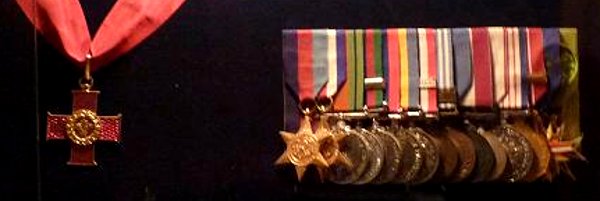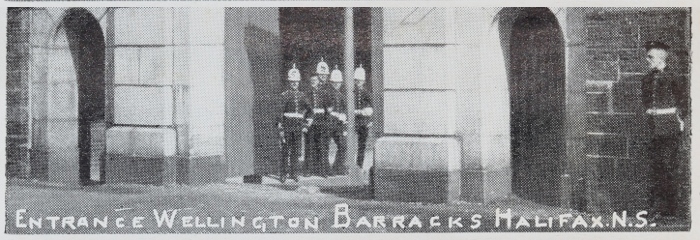Topic: Officers

On Joining the Battalion
A General's Letters to His Son on Obtaining a Commission
By: Major-General Thomas David Pilcher, CB
Published anonymously, 1917
Maj-Gen Thomas David PILCHER
(1858-1928)
Joined 5 Fusiliers 1879; Northumberland Fusiliers 1881-1897; West African Frontier Force 1897-1899; operations on the Niger 1897-1898; Commander, 2 Bedfordshire Regt 1899; South African War 1899-1902; Commander, 3 Mounted Infantry Regt 1900-1902; Commander, 3 Bde, 2 Div, Aldershot 1904-1907; Commander, Bangalore Bde, India 1907-1908; Commander, Sirhind Bde, India 1908-1912; Commander, Burma Div, Southern Army, India 1912-1914; World War I 1914-1918; Inspector of Infantry 1914; Commander, 17 Div, British Expeditionary Force (BEF), England and France 1915-1916; Commandant, Eastern Reserve Centre, St Albans 1916; retired 1919
August 1st, 1916.
My dear Dick,
I hear that you have received orders to join your Battalion. I remember distinctly the day on which I joined mine and my first day in the Mess.
Like most things we have to face, the idea is much more terrible than the actuality; and to you, who have been at a Public School, the ordeal ought not to be so trying as to another who has not had this advantage. You are sure to find that you are kindly received as long as you are modest in your behaviour, and err on the side of diffidence rather than find that on that of self-assertion.
I will tell you one or two stories, about men who joined when I was a subaltern. One day a very carefully dressed youngster walked into the Mess with a self-satisfied air. As several cadets had been gazetted, and we did not know which of them he was, the Senior Subaltern asked him his name, to which he replied in a rather la-de-da manner, "My name is Raymond Vere de Vere Grosvenor." The Senior Subaltern said, "All right, we will call you you Buggins," and Buggins he was called as long as ever he remained in the Regiment, and although he eventually turned out quite a good fellow, he had not a very rosy time to begin with. I also remember a nervous, callow youngster, whom we afterwards called "Boy" Brown, joining in India. He had had a very rough passage, was a bad sailor, and two nights in the train had not freshened him up. He was so shy and nervous when he walked into the Mess that as we one after the other shook hands with him we could hardly help laughing in his face.
The next day there was a steeplechase meeting, and a jockey was wanted for a brute that nobody cared to ride, when Boy Brown came up and shyly asked for the mount, got the brute round the course, and came in a good third. He was made quite a hero of that night at Mess, and at once became a favourite with us all.
In the years immediately preceding the war a great deal was heard about "ragging," and there is no doubt that the means taken to teach young officers manners were often reprehensible but, take it all round, the education they used to get from the Senior Subaltern was excellent, and in many cases badly needed. The Senior Subalterns were hardly ever men who could be accused of snobbery, and I have never known an officer, promoted from the ranks, to have had anything but a good reception, though youngsters with swollen heads were always put into their proper places.
You ask me how you should address your senior officers. It is the custom of the Service for all officers of the rank of Captain or under to call one another by their surnames without prefix. The Colonel you should always address as "Colonel" or "Sir," and a youngster should also always address a Major as "Major" or "Sir," unless he is especially told not to do so. I have lately received several letters from officers, addressing me as "Dear Sir," instead of "Dear General," or "Dear General Z___" if the writer did not know me well. Of course, you know that you should reserve "Dear Sir" for your business letters.
In some regiments in the old army a great deal of familiarity of address used to be allowed in the Mess, but these were regiments in which the discipline was always above suspicion, and it is unlikely in battalions of to-day, constituted as they are mostly of officers who had not joined when war commenced, that any liberties in this respect would be wise. On parade you should invariably address your senior as "Sir."
You must endeavour to be on good terms with everybody. It is only natural that you will find that some spirits are more kindred to you than others ; but whenever you can do so by little acts of kindness, try to ingratiate yourself with all if can be done without this loss of principle or self-respect.
Be very chary with your confidence, only give it to those of whom you feel a certain as you can be that they are worthy of it. Avoid making enemies, especially of making them among men who are likely to hit below the belt. It a true saying that we should choose enemies as carefully as we choose our friends. A Bayard may be a more formidable antagonist than a Hun, but he is a pleasanter man to deal with, either in peace or war, and you are placed at a great disadvantage in having in your antagonist one who will condescend to means to which you cannot stoop.
Whatever the conduct of the enemy, it should be no excuse for lowering your own standard. There is a good story, which is also true, of one of our officers in the North Sea, who, when a German officer on was brought on board after having been rescued from drowning, entertained him in his cabin, gave him a new rig-out, and a good cigar. As a reward this disciple of Kultur spat in his face. When he was asked what he did in return, he only remarked, "Poor devil! I pitied him for being such an unmitigated cad, but I suppose he was born like that, and a leopard can't change his spots." You are nonplussed in dealing with a man who spits if you have been brought up not to spit back.
There is a very necessary and hard-and-fast rule that ladies' names should never be mentioned in the Mess, and however junior you may be, should you hear officers transgressing this rule, you should either call their attention to it or yourself get up and go away.
Avoid extravagance, either with your money, in your dress, or in anything else. Remember that the best dressed man is the one who you know is well dressed, but whose clothes are so unnoticeable that you cannot remember what he had on; and you should have no ambition to be known by the shape of your hat or the colour of your tie.
There is no petty vice which disliked among men of arms as meanness. Never be led away by the idea that generosity and extravagance are in any way akin. I have known the man who would put a "monkey" on a race, or lose a couple of "ponies" on a game of poker, and who would try to avoid giving the gamekeeper the tip he had the right to expect, or would under-pay his cabman if nobody were looking. I have also known men wallow in champagne, and refuse a "fiver" to an old friend who had got down in in the world; and I have, on the contrary, known the man who would stint himself the glass of port he liked so much after dinner, in order either to keep a hunter or to be able to tip the waiter. These men killed two birds with one stone, for they achieved their direct purpose, and also by practising restraint strengthened by their characters.
I don't want you to think that I am lecturing you, nor do I expect you will avoid getting into scrapes any more often than I did. The four-year-old which never will of its own seldom turns out a really good hunter, and the puppy which never runs wild seldom becomes a first-class dog; so with the human subject, the young must have their fling, and this in ordinary times must be forgiven as long as a man never does anything that is ungentlemanly.
In the old days a good deal used to be drunk the Mess, and I can recollect big guest nights when chargers were brought into the dining-room and jumped over the tables but those days have; gone for ever, and a good thing too, though their memories are associated with some of the best of fellows who were, however, the best of fellows in spite of, and not by reason of, such escapades. Now it is considered bad form for an officer to exceed in the least, even inside the precincts of the Mess, and there can be no doubt that the less a man drinks the fitter he keeps. Alcohol does a little good sometimes, and a great deal of harm very often. If the whole nation were moderate, no restrictions with regard to consumption would be advisable. As a restorative on rare occasions there is nothing like a pint of champagne, and the tot of rum sometimes given to the men puts new vigour into them; it but if taken as a daily ration, alcohol loses its potency as a pick-me-up. To put it in another way, I consider that, trenches if the good that alcohol does is represented by the figure 5, the harm it does is represented by 95; and this being so, I very much regret that we did not follow the Russian lead when they prohibited the sale of vodka during the war. If I had thought that there were any chances of drink having much attraction for you, I should urge you to become a teetotaller; but as things are I do not do this, though ; I think that the less you drink the better, and you will find that if you are very abstemious in your habits there are sure to be others in your Mess who are equally so, and you will not be looked on with suspicion as would have been the case in the old days.
Always remember that you are joining your Regiment during the greatest crisis which your country has ever found itself, that it is your bounden duty to do in everything in your power to make yourself a fit instrument in her service, and that, in spite of what I said just now about youngsters having their fling, this is a period for work, and for work only.
Your affectionate father,
"X. Y. Z"

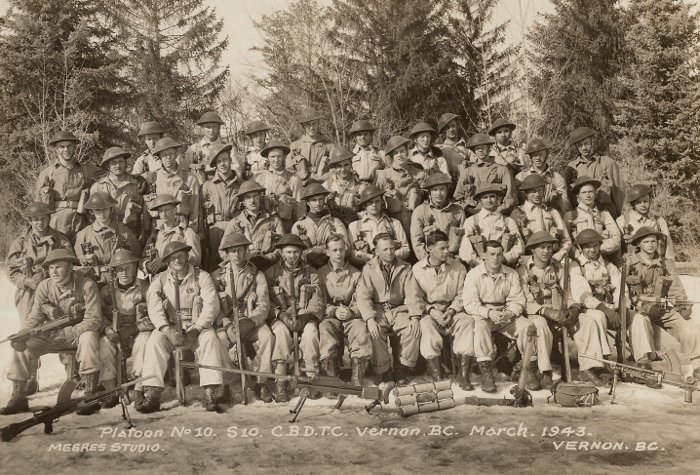


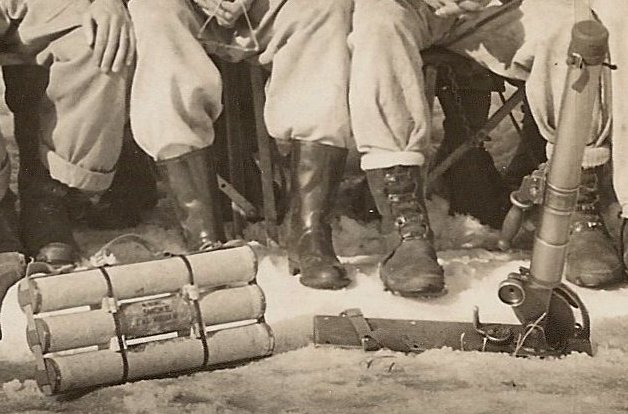
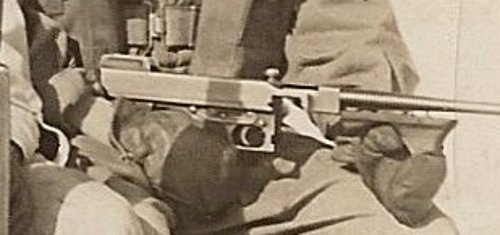


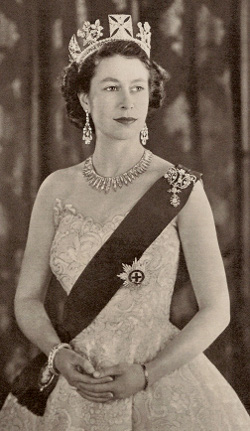
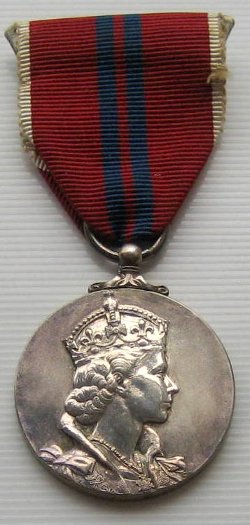
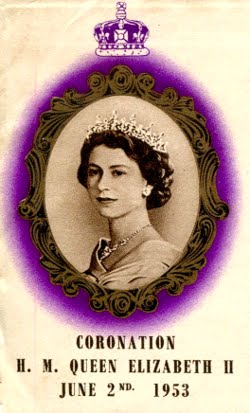





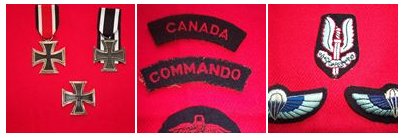
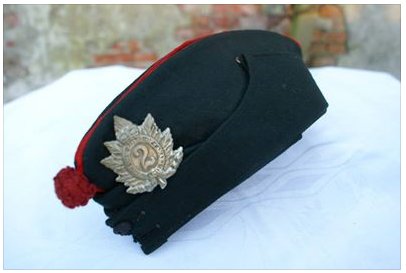
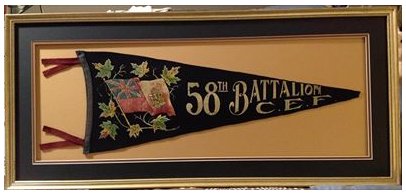
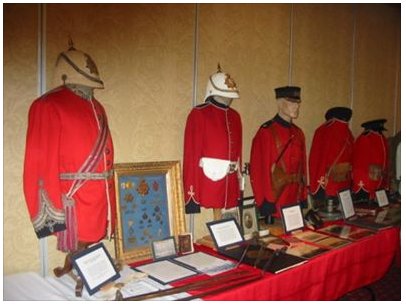
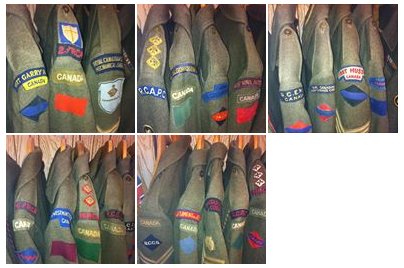
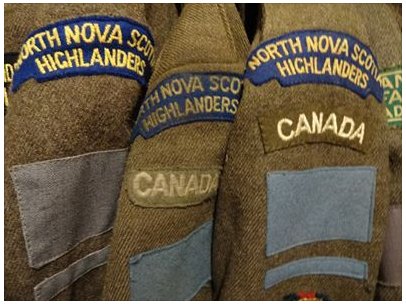
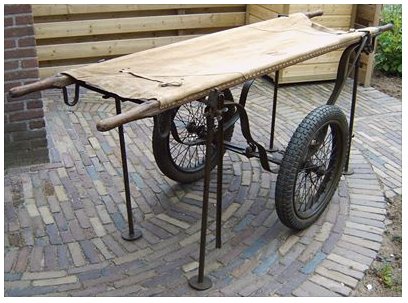
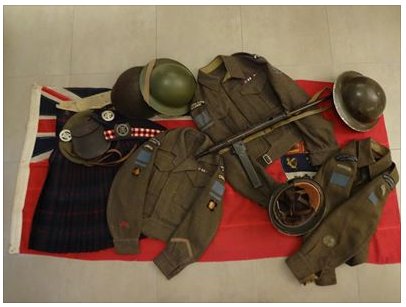
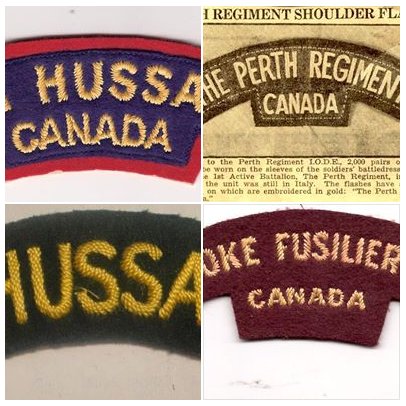
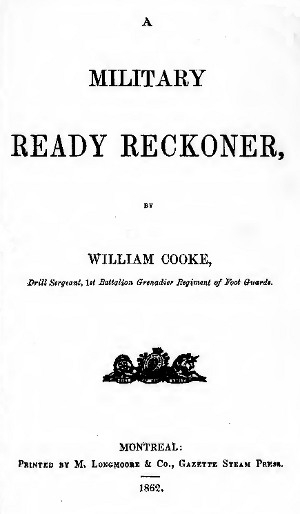


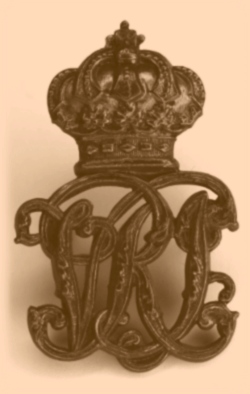 London, Nov. 18—
London, Nov. 18—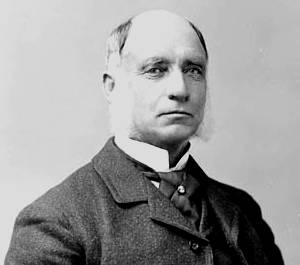 Yours, etc.,
Yours, etc.,


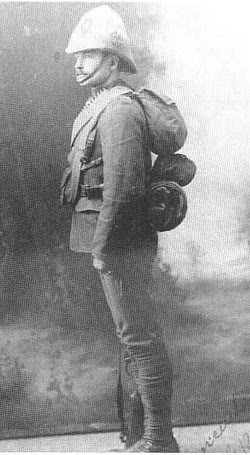
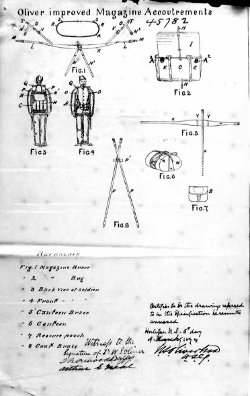

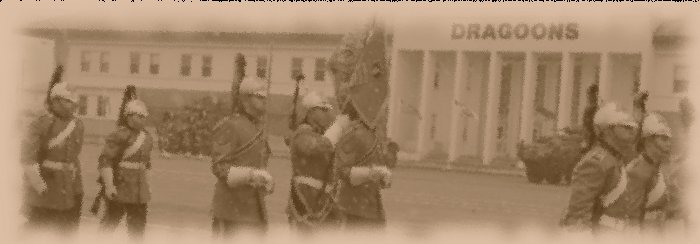
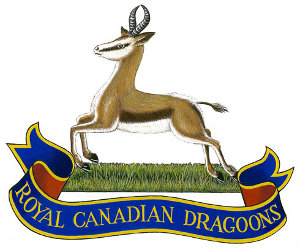 These were the questions I asked
These were the questions I asked 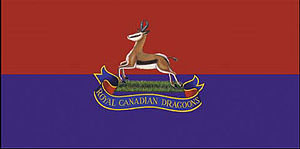 Back came the mugs. And lo and behold there was one suitably engraves for " Lt. J.G. Smithers." The joke was on someone. But it was too good to let it pass. And so the mug of Lt. Smithers remains behind the bar with the rest. And each visitor gets to have drink from this tankard first of all whether it is milk or something a little more appealing. He hears the story of how the officers presented the mugs and a little about each officer. Sooner or later he is bound to ask about the officer whose tankard he has borrowed. And it is then that he hears the story of Lt. J.G. Smithers, the ghost officer of the Royal Canadian Dragoons who never served, who never will be, and who really doesn't exist, yet is a tradition in the regiment.
Back came the mugs. And lo and behold there was one suitably engraves for " Lt. J.G. Smithers." The joke was on someone. But it was too good to let it pass. And so the mug of Lt. Smithers remains behind the bar with the rest. And each visitor gets to have drink from this tankard first of all whether it is milk or something a little more appealing. He hears the story of how the officers presented the mugs and a little about each officer. Sooner or later he is bound to ask about the officer whose tankard he has borrowed. And it is then that he hears the story of Lt. J.G. Smithers, the ghost officer of the Royal Canadian Dragoons who never served, who never will be, and who really doesn't exist, yet is a tradition in the regiment.
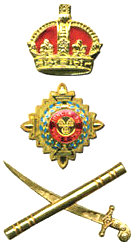 3. Metal Badges of Rank—Officers
3. Metal Badges of Rank—Officers
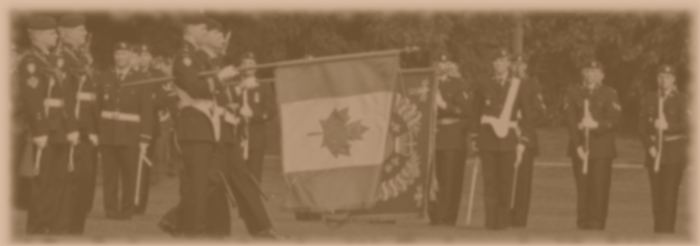
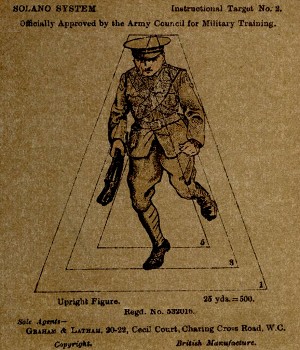

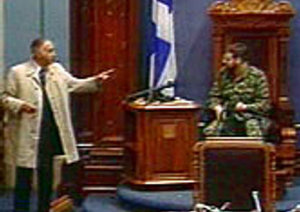
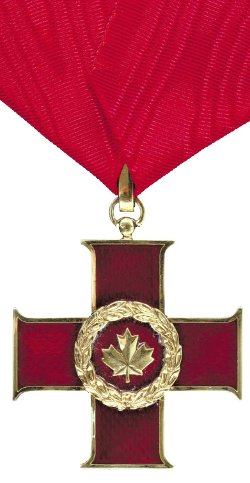 Canadian Bravery Decorations
Canadian Bravery Decorations